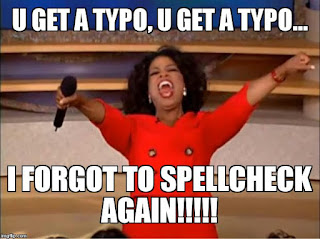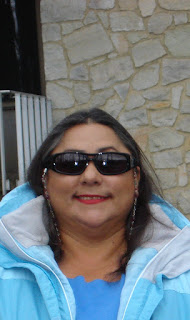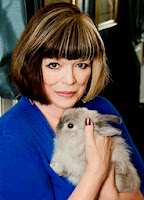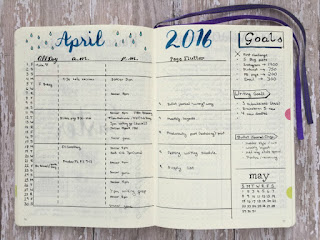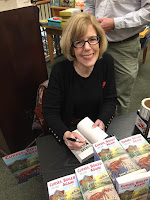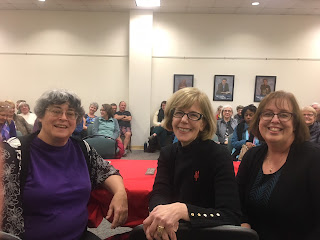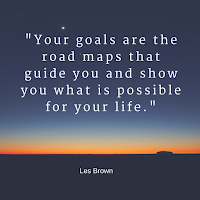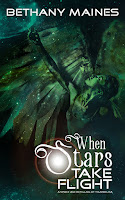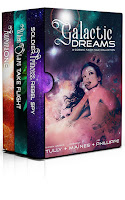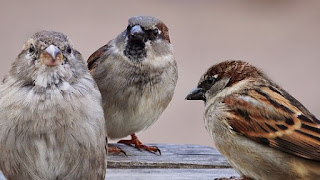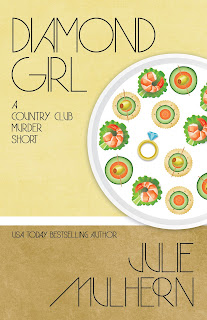Do you have a sense of purpose?
A friend invited me to hear a presentation by
a local historian. At the end of their speech, she turned to me and said, “This
is their passion. I wish I knew what mine was.”
That comment stuck with me as I move into a
new stage of my life. What is my passion? Where do I find purpose in life? For
years, I’ve found purpose in my professional life and through the charitable
organizations I’ve supported with my time and money. Now, I’m reexamining these
activities, searching for that greater sense of purpose.
For decades, psychologists have studied how
long-term, meaningful goals develop over the span of our lives. The goals that
foster a sense of purpose are ones that can potentially change the lives of
other people, from launching an organization, researching disease, to teaching
kids to read.
A sense of purpose appears to have evolved in
humans so we can accomplish big things together—which may be why it’s linked to
better physical and mental health.
Purpose is adaptive, in an evolutionary sense. It helps both
individuals and the species survive.
Many seem to believe that purpose arises from
your special gifts and sets you apart from other people—but that’s only part of
the truth. It also grows from our connection to others, which is why a crisis
of purpose is often a symptom of isolation. Once you find your path, you’ll
almost certainly find others—a community—traveling along with you, hoping to
reach the same destination.
Here are six ways to overcome isolation and
discover your purpose in life.
1.
Read
Reading connects us to people we’ll never
know, across time and space—an experience that, research says, is linked to a
sense of meaning and purpose. (Note: “Meaning” and “purpose” are linked but
separate social-scientific constructs. Purpose is a part of meaning; meaning is
a much broader concept that usually also includes value, efficacy, and
self-worth.)
“Reading fiction might allow adolescents to
reason about the whole lives of characters, giving them specific insight into
an entire lifespan without having to have fully lived most of their own lives,”
Raymond A. Mar suggests. By seeing purpose in the lives of other people, teens
are more likely to see it in their own lives. In this sense, purpose is an act
of the imagination.
Find books that matter to you—and they might
help you to see what matters in your own life.
2.
Turn hurts into healing for others
Of course, finding purpose is not just an
intellectual pursuit; it’s something we need to feel. That’s why it can grow
out of suffering, both our own and others’.
Kezia Willingham was raised in poverty in
Corvallis, Oregon, her family riven by domestic violence. “No one at school
intervened or helped or supported my mother, myself, or my brother when I was
growing up poor, ashamed, and sure that my existence was a mistake,” she says.
“I was running the streets, skipping school, having sex with strangers, and
abusing every drug I could get my hands on.”
When she was 16, Kezia enrolled at an alternative
high school that “led me to believe I had options and a path out of poverty.”
She made her way to college and was especially “drawn to the kids with
‘issues’”—kids like the one she had once been. She says:
“I want the kids out there who grew up like me,
to know they have futures ahead of them. I want them to know they are smart,
even if they may not meet state academic standards. I want them to know that
they are just as good and valuable as any other human who happens to be born
into more privileged circumstances. Because they are. And there are so damn
many messages telling them otherwise.”
3.
Cultivate awe, gratitude, and altruism
Certain emotions and behaviors that
promote health and well-being can also foster a sense of
purpose—specifically, awe, gratitude, and altruism.
Studies conducted
by the Greater Good Science Center have shown that the experience of awe makes
us feel connected to something larger than
ourselves—and so can provide the emotional foundation for
a sense of purpose. Of course, awe all by itself won’t give you a purpose in
life. It’s not enough to just feel like you’re a small part of something big;
you also need to feel driven to make a positive impact on the world. That’s
where gratitude and generosity come into play.
With gratitude, children and adults who are
able to count their blessings are much more likely to try to contribute to the
world beyond themselves. This is probably because, if we can see how others
make our world a better place, we’ll be more motivated to give something back.
Here we arrive at altruism. There’s little
question, that helping others is associated with
a meaningful, purposeful life. People who engage in altruistic behaviors, like
volunteering or donating money, tend to have a greater sense of purpose in
their lives.
4.
Listen to what other people appreciate about you
Giving thanks can help you find your purpose.
But you can also find purpose in what people thank you for.
Like Kezia Willingham, Shawn Taylor had a tough childhood—and he was also
drawn to working with kids who had severe behavioral problems. Unlike her,
however, he often felt like the work was a dead-end. “I thought I sucked at my
chosen profession,” he says. Then, one day, a girl he’d worked with five years
before contacted him.
“She detailed how I helped to change her
life,” says Shawn—and she asked him to walk her down the aisle when she got
married. Shawn hadn’t even thought about her, in all that time. “Something
clicked and I knew this was my path. No specifics, but youth work was my purpose.”
Although there is no research that directly
explores how being thanked might fuel a sense of purpose, we do know that
gratitude strengthens relationships—and those are often the source of
our purpose.
5.
Find and build community
We can often find our sense of purpose in the
people around us. In tandem with his reading, Art McGee found purpose—working
for social and racial justice—in “love and respect for my hardworking father,”
he says. “Working people like him deserved so much better.”
Environmental and social-justice organizer
Jodi Sugerman-Brozan feels driven to leave the world in a better place than she
found it. Becoming a mom “strengthened that purpose (it’s going to be their
world, and their kids’ world),” she says. It “definitely influences how I
parent (wanting to raise anti-racist, feminist, radical kids who will want to
continue the fight and be leaders).”
If you’re having trouble remembering your
purpose, take a look at the people around you. What do you have in common with
them? What are they trying to be? What impact do you see them having on the
world? Is that impact a positive one? Can you join with them in making that
impact? What do they need? Can you give it them?
If the answers to those questions don’t
inspire you, then you might need to find a new community—and with that, a new
purpose may come.
6.
Tell your story
Purpose often arises from curiosity about your
own life. What obstacles have you encountered? What strengths helped you to
overcome them? How did other people help you? How did your strengths help make
life better for others? Reading can help you find your purpose—but so can
writing,
“We all have the ability to make a narrative out of our own lives,” says Emily Esfahani Smith, author of the 2017 book The Power of Meaning. “It gives us clarity on our
own lives, how to understand ourselves, and gives us a framework that goes
beyond the day-to-day and basically helps us make sense of our experiences.”
On a final note, I wish I
could take credit for this wonderful advice, but I can’t. This content was
curated by the folks at mindful.org. I suggest you click the link and head
to their site so you can read even more inspiring thoughts on this subject.
Have
you found your passion? What inspires you?
An award-winning author of financial mysteries, Cathy Perkins writes twisting dark suspense and light amateur sleuth stories. When not writing, she battles with the beavers over the pond height or heads out on another travel adventure. She lives in Washington with her husband, children, several dogs and the resident deer herd.
Visit her at http://cperkinswrites.com
She’s hard at work on the next book in the Holly Price series, In It For The Money.
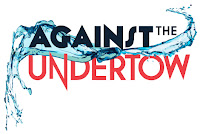 Recently, I was going over the edits from a beta reader on my forthcoming mystery novel – Against the Undertow (sequel to An Unseen Current). I was excited to read over the notes because the reader had been pretty enthusiastic verbally about the book and I was looking forward to easy edits (for once). Beta readers usually give critiques on story elements, spot plot holes, and generally let an author know if something is working or not. They can do line edits and spot typos, but frequently that’s a separate gig because the mental focus for each job is quite different. Because of that, I usually tell my beta readers to treat typos like terrorists on the train in New York – if you see something, say something – but don’t go looking for them. Which is why I laughed when I got to this note:
Recently, I was going over the edits from a beta reader on my forthcoming mystery novel – Against the Undertow (sequel to An Unseen Current). I was excited to read over the notes because the reader had been pretty enthusiastic verbally about the book and I was looking forward to easy edits (for once). Beta readers usually give critiques on story elements, spot plot holes, and generally let an author know if something is working or not. They can do line edits and spot typos, but frequently that’s a separate gig because the mental focus for each job is quite different. Because of that, I usually tell my beta readers to treat typos like terrorists on the train in New York – if you see something, say something – but don’t go looking for them. Which is why I laughed when I got to this note:
